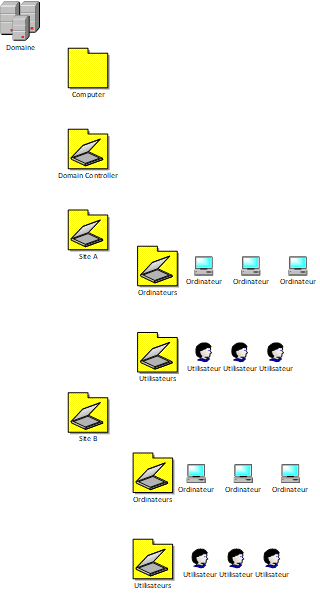

If you have a single Site and a small Domain, you probably have full control over all Group Policy settings in the Domain including the ability to create and make changes to computer. This feature is especially useful in large organizations. What port am I connected to? CDP / LLDP for Windows. Group Policy Loopback Processing comes into play if you want to assign user policies to computer objects.Create a new GPO named “Enable: Loopback Policy Processing”. Now that we know exactly what our computers and user will do, let’s enable Loopback Policy Processing. Processes User Node (ignores computer node).

Merge mode instructs the system to first apply the User. As Figure 4.12 shows, there are two modes of loopback processing: Replace and Merge.
Processes Computer Node (ignores user node) Loopback processing allows us to take advantage of User Configuration settings from GPOs linked to the OU that contains the computer that is being accessed. Ensure that the computer configuration setting is being applied.īefore we introduce Loopback Policy Processing, let’s look at the two processing phases with Group Policy: Be sure that you have at least one setting in each node configured. The term loopback (sometimes spelled loop back ) is generally used to describe methods or procedures of routing electronic signals, digital data streams, or other flows of items, from their. The only setting applied would be the “Do not process the run once list” policy.Ĭreate a GPO similar to this. As expected, any computer under the Domain Computers OU will ignore the user side “Remove Task Manager” setting. The horribly named Domain Computers GPO has settings configured under both the Computer and User configuration nodes. Let’s look at an example using the picture below. You also know that computers are the only objects that can process settings under computer configuration. If you’ve read this post, you know that users are the only objects that can process user configuration settings. Loopback policy processing alters the default algorithm that the Group Policy Client uses to obtain the ordered list of GPOs that should apply to a user’s configuration. Group Policy has two nodes: Computer Configuration and User Configuration. I have configured a GPO that applies to the RDS server computer account, and the 'domain users' group linked to the OU that the RDS server resides in. Want to apply a default printer to a computer? Want to set the homepage in an entire lab? By using Loopback Policy Processing, we can give our computers some real identity issues – we can make them believe they’re users! How’s that for a Jedi mind trick? I need to apply loopback processing so user settings are applied for a remote desktop services server that over-rides settings applied to their users OU. 
All of my life, I have been told that a computer is a computer and a user is a user.







 0 kommentar(er)
0 kommentar(er)
